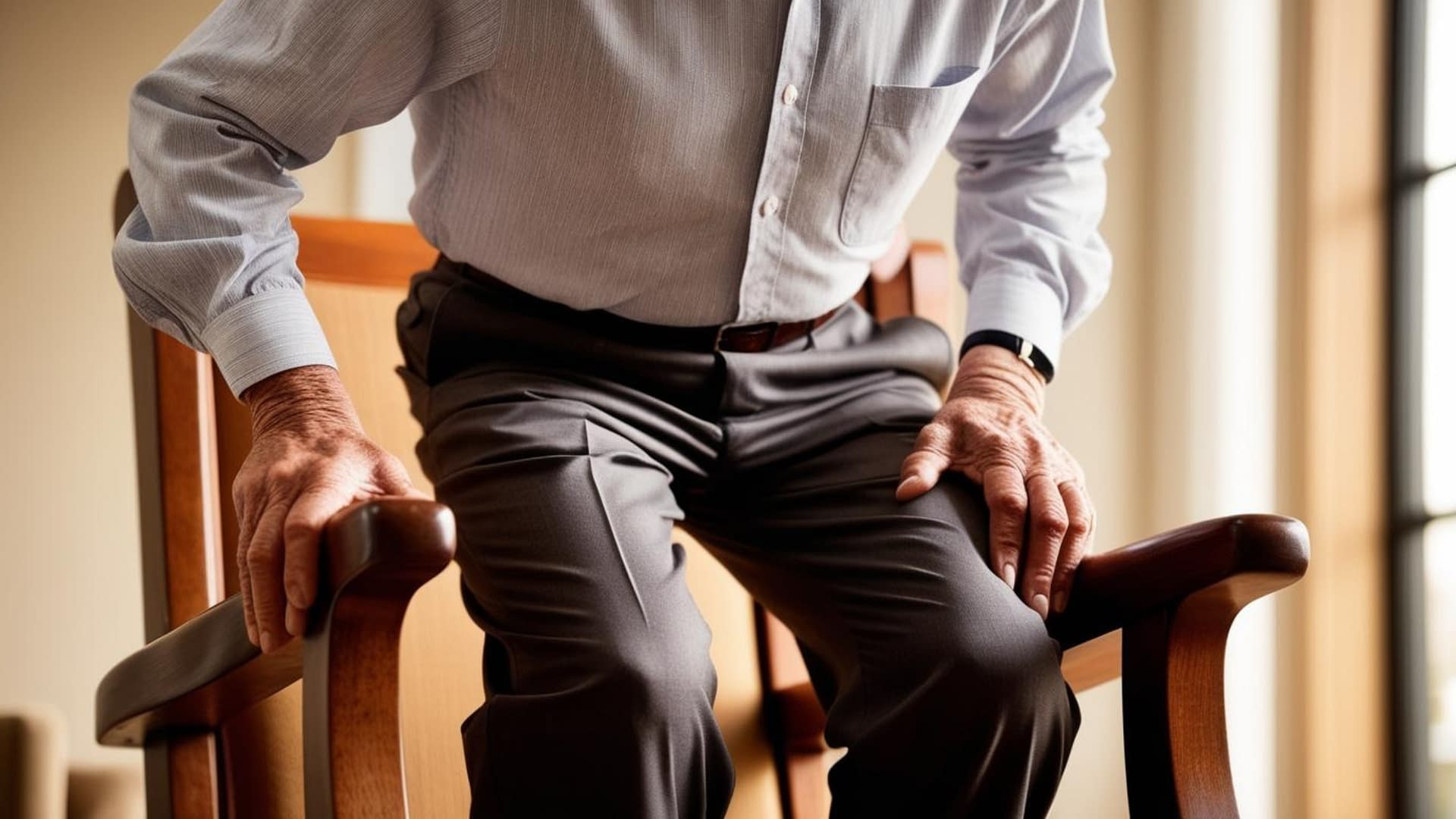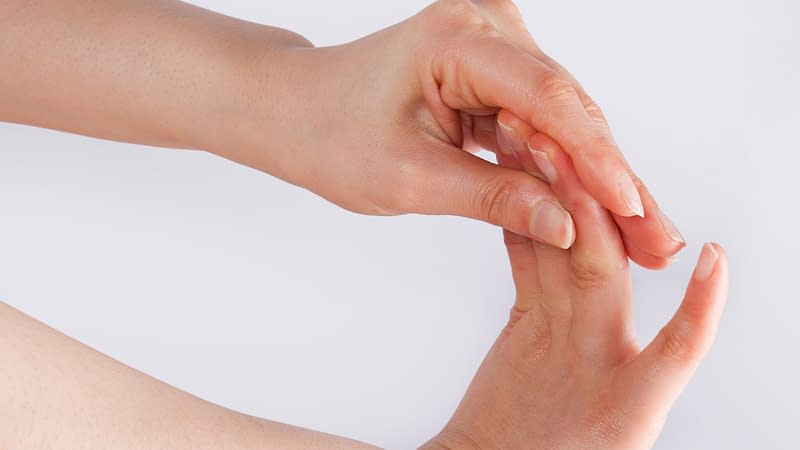Presenting Problem
An eighty-three-year-old gentleman presented to first contact physiotherapy clinic having already seen the doctor for an acute insidious onset of lower back pain over a six-week period. At the first contact physiotherapy assessment, he stated that pain symptoms come and go, and he felt like he is “wasting physiotherapist time because this feels like sciatica pain”. Also, the GP had prescribed him some co-codamol.
His main complaint of pain was across the lower back into the buttocks and upper thighs, alternating between contra-lateral legs intermittently. Pain symptoms reported to have no specific pattern throughout the day. He struggles with changing positions, i.e. getting out of bed in the morning, sitting to standing, and standing for a short length of time in the same posture. Pain was not keeping him awake at night-time, and he managed to sleep well, though having to get up on a couple of occasions to go to the toilet during the night was difficult.
At first contact with the patient, he stated no acute episodes of bladder or bowel incontinence or problems with urinary retention, nil saddle anaesthesia or paraesthesia. He reported leg pains when changing positions from sitting to standing, no reported weakness in the legs, no falls or issues with his balance, and no gait ataxia when walking. He stated that he had no previous history of cancer, no chest pains, no shortness of breath, no night sweats and no band-like abdominal pain.
Echocardiogram that was carried out four years ago shown ventricular ectopic beats, though he is not taking any medications for this, and he has a diagnosis of diverticulitis for many years.
He lives at home with his wife, and he is her sole carer as she has a progressive dementia (Alzheimer’s) which sometimes he struggles with emotionally. He is usually independently mobile having walked into the clinic room unaided. He has good days and bad days where he feels back pain is worse and cannot stand for longer periods or struggles to get from sitting to standing. Usually, he is physically active, taking part in regular walks and he enjoys gardening at his own pace.
Objective Assessment
On objective examination, patient struggles on sit to stand reporting pain at the front of the thighs. Pain is eased when sitting and slouching back. Nil neuro weakness identified at the time of appointment. It seems he struggles to stand straight and is unable to achieve any extension of the lumbar spine whilst it is easier for him to maintain flexion.
The GP had organised for X-rays of the lumbar spine and the patient had a follow up appointment to review this two week post initial assessment, the results identified multi-level discopathy throughout the lumbar spine, mild osteoarthritic changes to the posterior joints, angulation at S1-S2 level which was suspicious for previous fracture although current insufficiency fracture also deemed possible. Recommendations from the radiographer was for magnetic resonance imaging to be organised by the referring doctor.
Follow-up Appointment (two weeks post initial appointment)
His pain symptoms had intensified over the two weeks between the first and second appointments. He reported agonising pain when walking, a constant pain down the front and back of the right leg, occasional symptoms down the left leg to the calf, and the legs had given way on him the night before, having fallen twice due to pain. No episodes of bladder or bowel incontinence. No saddle anaesthesia reported.
On observation, it took a while for the patient to mobilise from the waiting room to the clinic room, now using a walking stick and holding on with both hands while pulling himself forwards, also holding on to the wall and furniture where possible. A collaborative decision was made with the GP to arrange for urgent magnetic resonance imaging and to increase the patient’s pain medications so that he could manage better.
Outcomes of MRI Imaging
Interpretation of the MRI showed significant multilevel discopathy notably L4-L5 with central disc protrusion and left L5 nerve root impingement. There is an angulation at S1-S2 disc level but also evidence of marrow replacement at the segments with further changes in the lower lumbar spine consistent with metastatic bone disease. Mild structural failure in the upper body of S2 was likely cause of the angulation. The derivation of bone lesions unknown as the patient not diagnosed with primary cancer. Advice from the radiographer is for whole body computerised tomography scan.
Diagnosis
Metastatic bone disease at the lower lumbar spine – further investigations found metastasis secondary to prostate cancer.
Summary
- In primary care, there are between one and five per cent of all musculoskeletal problems identified as serious pathology.
- Metastatic bone disease is a well-recognised complication of cancer and is considered an oncological emergency, especially when associated with upper and lower motor neurone features.
- Factors to consider when deciding on the level of concern include: the prevalence of pathology, the red flags in question, the evidence base whether it is high quality versus low quality, and the combination of red flag symptoms.
- It is vital to identify patients with spinal malignancies as early as possible, as this will result in much better outcomes. A patient such as this will fare better with a single isolated metastasis than an individual with multiple sites throughout the spine.
- Concerning features that require immediate action (i.e., emergency/same day hospital referral) would include signs of metastatic cord compression, e.g., gait disturbance, band-like pain. If the patient loses the ability to walk, they will have a very poor outcome.




